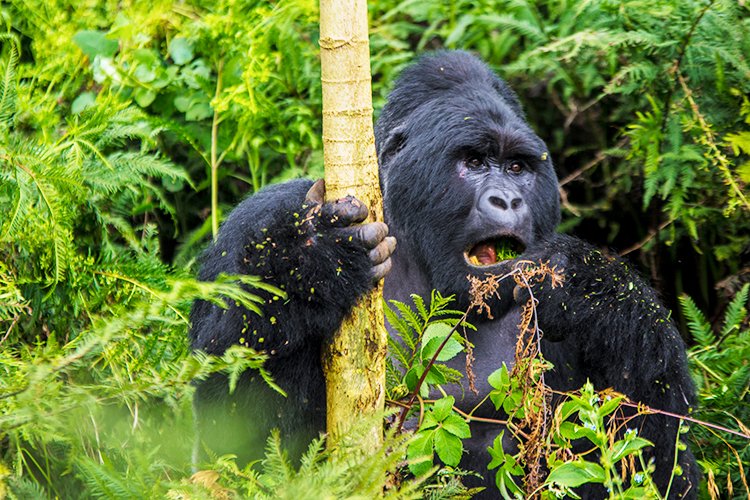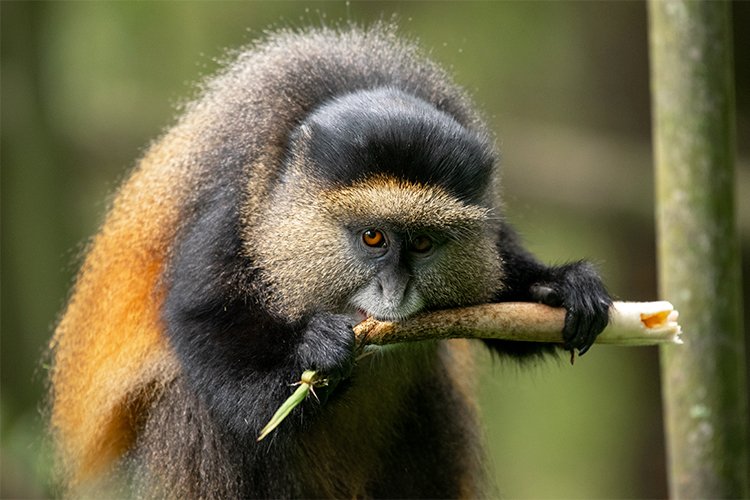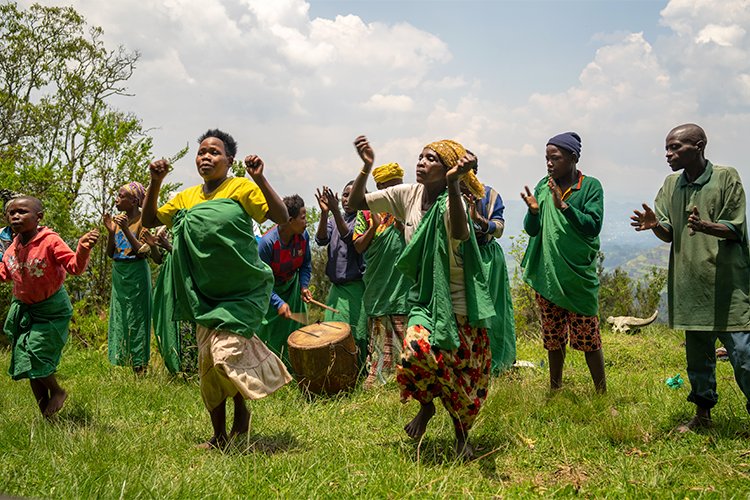Mgahinga Gorilla National Park may be Uganda’s smallest national park at only 33.7 km², but it’s packed with natural wonders, cultural depth, and awe-inspiring scenery. The park derives its name from the word “Gahinga,” meaning piles of volcanic stones that dot the farmlands at the volcanoes’ base. This hidden gem sits high in the clouds, with altitudes ranging from 2,227m to 4,127m, offering one of the most breathtaking landscapes in the country.
Gazetted as a National Park in 1991, Mgahinga was originally declared a game sanctuary in 1930 under British administration, with a mission to protect its iconic mountain gorillas and diverse wildlife. It shares borders with both Rwanda and the Democratic Republic of Congo as part of the larger Virunga Conservation Area, contributing to the conservation of its extraordinary biodiversity.
Mgahinga is renowned for its rich biodiversity, with over 76 mammal species. The park is home to one habituated gorilla group that roams its transboundary territory, making it an exceptional spot to experience close encounters with mountain gorillas. Beyond gorillas, Mgahinga’s dense forests are a refuge for the rare and endangered golden monkey, a primate species with striking coloration that enhances the park’s reputation as a must-visit destination for primate enthusiasts.
The park also boasts an impressive checklist of over 180 bird species, including 14 Albertine Rift endemics such as the Kivu ground thrush and Rwenzori turaco. Other animals, including elephants, leopards, bush pigs, and buffaloes, add to the park’s ecological richness and appeal.


Mgahinga is more than just wildlife—it’s also deeply tied to the heritage of the Batwa people, the forest’s first inhabitants. Known as the “keepers of the forest,” the Batwa were once hunter-gatherers who depended on the forest for sustenance.
Travelers can embark on the Batwa Trail, a captivating experience led by a Batwa guide, where they share their knowledge of the forest and demonstrate traditional hunting techniques, fire-making, and gathering skills. This cultural experience offers a rare insight into the Batwa’s rich history, resilience, and enduring connection to the land.



Mgahinga’s three dormant volcanoes—Mount Muhabura, Mount Gahinga, and Mount Sabyinyo—form part of the renowned Virunga Range. These striking peaks serve as a natural border with Rwanda and Congo, creating a unique transboundary ecosystem celebrated for its rugged beauty. The slopes of these volcanoes feature a range of ecosystems, from montane forests and bamboo zones to Afro-alpine vegetation at higher altitudes.
By Road: Mgahinga Gorilla National Park is accessible by road from Kampala, a journey of approximately 8 to 10 hours (about 482 km). The route passes through Kabale and Kisoro, with stunning scenery along the way, including lush hills, valleys, and local villages.
By Air: Scheduled flights from Entebbe International Airport (EBB) to Kisoro airstrip, followed by a short drive, provide a faster and scenic alternative.